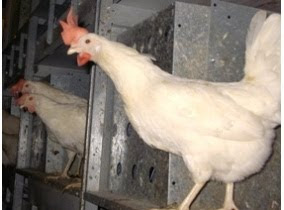
EFSA evaluates reduction of Salmonella in laying hens
//22 Apr 2010
EFSA was asked by the European Commission to evaluate the impact on public health of different reduction levels of Salmonella in laying hens.
EFSA’s Biological Hazards (BIOHAZ) Panel said that concerning eggs from laying hens, the type of Salmonella most frequently associated with human illness is by far Salmonella Enteritidis.
Based on scientific estimates, the Panel found a linear relationship between the number of Salmonella Enteritidis positive flocks in the different Member States and the number of eggs contaminated with this micro-organism. This implies that a reduction in the number of positive flocks would result in a proportional reduction in the number of contaminated eggs.
The Panel also said that it is difficult to give a precise estimation of the impact that a reduction of Salmonella-positive flocks may have on public health. This is due to the lack of information on the number of Salmonella contaminated eggs that may be produced by an infected flock, as well as on the number of human salmonellosis cases linked to the consumption of eggs.
For egg products, the Panel added that technologies commonly used to reduce the number of microorganisms (mainly through pasteurisation) may not be an absolute barrier to Salmonella contamination.
Regarding risk of salmonellosis associated with consumption of fresh meat from laying hens, the Panel concluded that there are insufficient data to make a quantitative evaluation.
A series of recommendations on data gathering and surveillance measures are also listed in the opinion in order to improve future assessments.
Source: EFSA